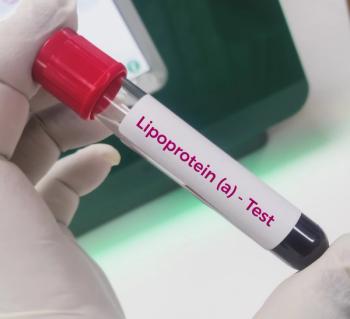
Five ways to improve payer-provider relations
Five Ways to Improve Payer-Provider Relations
Through a commitment to collaboration, hospitals and payers will be able to clearly define patient care goals, determine how costs will be paid, and identify the tools needed to deliver the best care. To help ensure success, improve trust and facilitate collaboration, payers and providers should consider the following five best practices, says Steve Lamb, vice president and lead partner of Implant Partners.
1. Appoint a facilitator
This role is important in helping gain buy-in around difficult decisions. This individual needs to have a high level of trust, reputation and the ability to develop consensus.
2. Receive equal incentives
Shared-savings plans such as bundled payments enable everyone to receive the economic rewards that come from controlling costs and quality.
3. Develop partnerships
Design and implement a joint operating committee that brings together provider and payer leadership for strategic discussions and working sessions.
4. Work together
Healthcare stakeholders must work together to align goals that replace competing incentives with process efficiencies. Payers and providers need to invest in change management to ensure trust and cooperation. Activities that support change include setting realistic expectations, developing outcomes, aligning incentives and committing to ongoing communication and training.
5. Share information
Text below slide: Since both parties are working toward a shared goal of cost reduction, hospitals and payers must provide regular data and analytics to help determine the best care scenarios for patients at the appropriate costs. Sharing information fosters a commitment to continuous learning, process improvements and trust.
Newsletter
Get the latest industry news, event updates, and more from Managed healthcare Executive.






















































